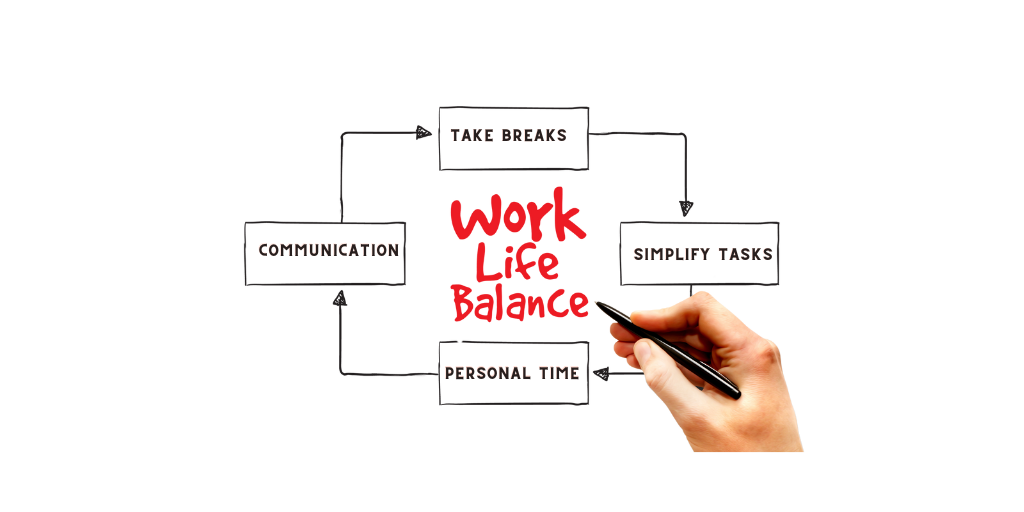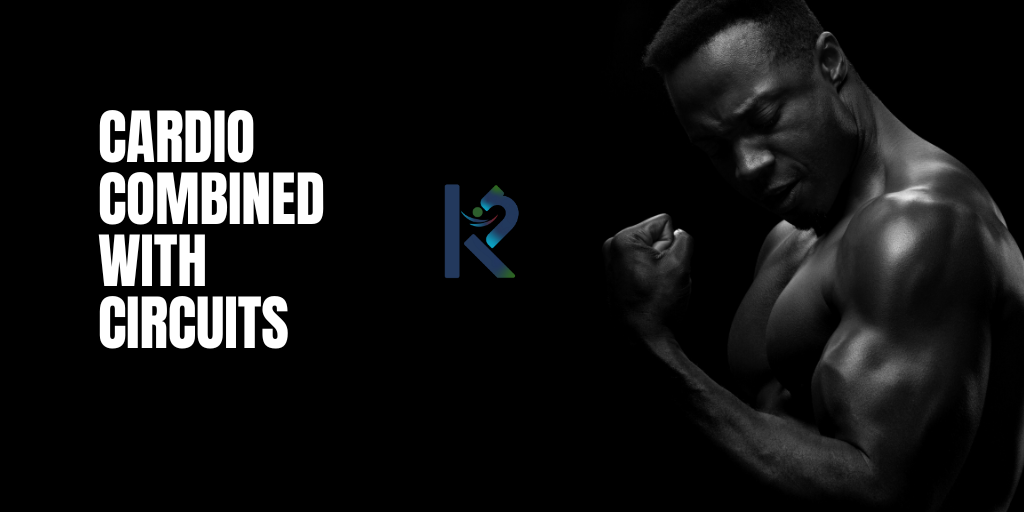What is Cardio?
Often when thinking about cardio it is easy to assume that doing this is simply to lose weight, but cardio can also be a means to build on what you do to elevate your weight training. Depending on your heart rate it can be used to burn fat, build muscle as well as maintain the muscle built already. There are many forms of cardio. The most obvious is running and cycling. Others to consider are walking, HIIT, swimming, Jumping rope. Mixing these things up adds excitement to your cardiovascular workouts, increasing fitness levels while strengthening the body and mind. Picking one as a main focus, to getting better with, then adding new forms of cardio helps keep discipline levels high, achieve goals and continue to excel.
Cardio can also include dancing, boxing and rowing. There are methods to apply based on the results a person hopes to achieve. When losing weight, you can take part in various types of training to get the desired results. For example, dancing is a great way to stimulate the mind, learn new routines, sweat and have fun. While rowing is great for the arms, abs, back and even legs. When rowing you use various muscles in the body which will again increase fitness levels and strengthen your ability to speed up, or row for longer periods of time. Boxing has many benefits, it improves cardiovascular health as it is high-intensity, increases strength and endurance, hand-eye coordination, and is also a great stress relivers. Although we haven’t mentioned all the benefits there are many.
The main thing to note is discipline, consistency in increasing the heart rate to burn fat that subsequently allows you to lose weight. Combine this with a calorie deficit and you'll begin to see results. Equally by increasing one’s heart rate further there is a way to build muscle and begin the cutting process. For example, elevated runs can help increase the heart rate further which then burns fat in key areas especially if weight training is done prior. This lets the body know that the areas just worked are areas to develop.
Consider slow to moderate-intensity distance training, moderate to high-intensity interval training like running with high pace for 30 seconds then resting for 30 seconds and repeating this process for at least 5-10 minutes, high-intensity continuous exercises like HIIT where you have a number of set and reps with very little rest in-between can also be beneficial and help improve stamina and overall fitness.
Cardio has many benefits including:
- Increased stamina, fitness and strength
- Reduce health risks
- Mood boosting
- Strengthen the heart
- Maintains weight levels
- Increased awareness
- Lowers blood pressure
- Regulates blood sugar
There are many additional benefits by including dedicated cardiovascular training in your daily workouts. Regular workouts that include cardio enhances your sleep, reduces chronic pain, and is a form of meditation. New ideas are formed, where problems are solved, reducing stress. Set yourself up for success for the day, continue being motivated through the day, and even end your day with cardio workouts. People that include cardio as part of their fitness regime are often great at setting goals, and hitting their goals as well. What is the deadline for the goals set? How will you increase endurance once goals are met? These are great questions to ask when starting or continuing a healthy fitness journey. Essentially cardio is any rhythmic activity that raises your heart rate. Monitor your heart rate and start to understand what happens when your hearts beat faster vs when it’s slowed down.
Maximum Heart Rate (MHR) is measured by calculating 220 minus your age, this is just a guess but a good indication and a way set goals and create your target heart rate.
What is Weight Training?
When including weight training in your routine it’s usually to target muscles, growth, maintenance, improved strength. It’s not just a way to bulk up, there are different ways to weight train. Bodybuilding is the one spoken about most often, circuit training, high volume training as other to consider when adding weight training as part of your fitness routine. Ultimately, it’s all about strength throughout the body. Training for muscle power strength, muscle strength, hypertrophy strength, muscular endurance strength. Choosing which one is right for you is important, the best way to do this is to set goals and make adjustments when necessary. Often when you’ve been doing a type of weight training for some time the body gets fatigue which means you may reach your capacity in that areas and will no longer see the growth you want, to further development increasing the weight, or even switching things up helps to reset the mind and send signals to the brain that you still which to achieve more in certain areas.
Weight training can be done in sets and reps, so you may include between 3-6 set, with 8-16 reps of the same exercise. The number of sets in a workout informs you of how many times you’ll repeat a particular workout. It’s not unheard of to do say 5 reps with 5 different exercises working on the same or various areas, while including 10 reps, then repeating this say 5 times. This can also fall into HIIT training but weighted and with rest included after each set of grouped exercises.
Just like cardio there are many benefits to consider:
- Makes you stronger
- Burns calories
- Decreases abdominal fat
- Manage blood sugar levels
- Create leaner appearance
- Improves cardiovascular health
- Great for energy levels
Just a few benefits as we could be here all day, bone health is included in the benefits of weight training, the more you work and rest with weights the better bones become.
It is very important to understand form, footwear and speak to experts when starting out. Even as you grow you want to pay close attention to your body. Our bodies speak to us and we must listen.
Often times we refer to weight training as resistance training, a way of developing the use of weighted objects. Barbells, weight machines, dumbbells, free weights. There are similarities between cardio and weight training like;
- Weight loose
- Mental strength
- Improved strength
What are the differences between Cardio and Weight Training?
Cardio is dependent on the heart rate to create desired outcomes, whiles weights are dependent on weighted assistance to build, bulk and maintain. Weights also require reps and sets to be effective.
Cardio burns more calories than weight training although weighted training is a form of cardio, through weights you may stay elevated for longer. Weights are a better way to build muscle. Weight loss happens in both areas. While cardio helps eliminate fat and weights help build muscle, combining cardio and weight training on a regular basis is the best form of weight loss.
Cardio decreases inflammatory fatty tissues which can make you leaner, fitter, and more energic. With weights targeting key areas and focusing on form can have that affect. Resistance training connects directly to the muscles you aim to target creating a metabolic spike.
For extended lifelong health cardio is unbeatable, its truly strengthens your heart and reduces the risk of developing a number of health conditions, like obesity, high blood pressure, diabetes.
Weight trainings over longer periods of time helps with reflexibility gains as you get older, with its ability to strengthen the bones it’s a great way to continue training as you age.
In summary you can consider cardio short for cardiovascular exercise which is more for endurance, while weighted training is for resistance that increase strength and builds muscle.
Cardio is not just about burning fat or weight training just for muscle bodybuilding and sculpting. Combined these forms of regular training includes countless benefits way more than expressed here, everyone should tap into both and decide, define, and set goals paying close attention to your heart, form and making sure to include rest.




